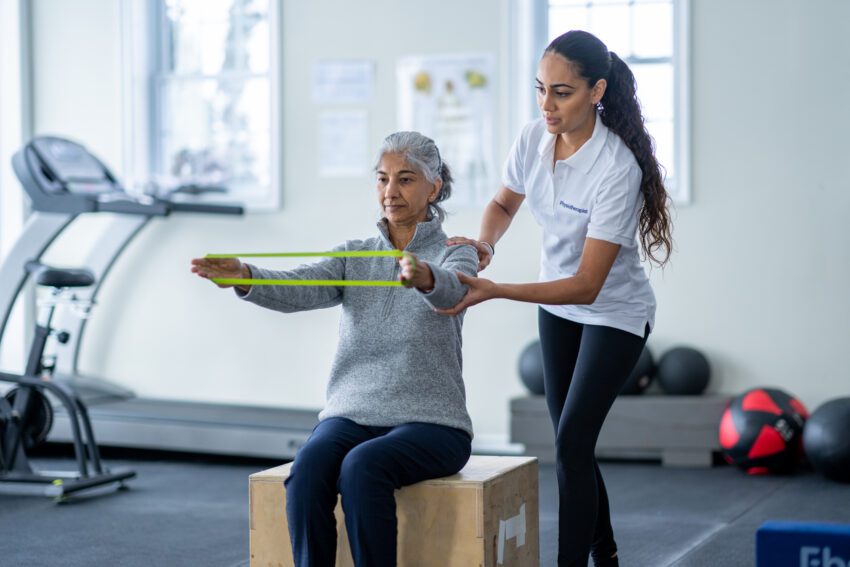
Maintaining a healthy spine is crucial for overall well-being, as it supports mobility, posture, and protects the central nervous system. When spine-related issues such as back pain, herniated discs, or post-surgical recovery arise, physical therapy plays a pivotal role in managing symptoms and enhancing recovery. This article explores how physical therapy supports spine health and recovery, emphasizing its benefits and methods.
Understanding Spine Health
The spine is a complex structure comprising vertebrae, discs, nerves, and muscles that work together to support the body and facilitate movement. Over time, factors such as poor posture, sedentary lifestyles, injuries, or degenerative conditions can compromise spinal health. These issues may lead to chronic back pain, reduced mobility, and even nerve-related symptoms like sciatica.
Interventions such as physical therapy aim to restore functionality, alleviate pain, and prevent further deterioration of the spine. For individuals undergoing surgical procedures like spinal decompression or disc replacement, physical therapy is often an integral part of the recovery process.
The Benefits of Physical Therapy for Spine Health
- Pain Management: Physical therapists use targeted exercises, manual therapy, and modalities like heat or cold therapy to alleviate pain, reduce inflammation, and relax tense muscles.
- Improved Mobility: Gentle stretching and strength-building exercises help restore flexibility and range of motion, enabling individuals to resume daily activities without discomfort.
- Prevention of Further Injury: By addressing muscle imbalances, improving posture, and teaching proper body mechanics, physical therapy reduces the risk of future spine-related injuries.
- Post-Surgical Rehabilitation: For patients recovering from spine surgery, tailored therapy programs can enhance recovery, rebuild strength, and improve long-term outcomes.
- Customized Care: Physical therapists design personalized treatment plans based on the individual’s specific condition, ensuring targeted and effective interventions.
Techniques in Physical Therapy for Spine Recovery
- Core Strengthening: Building core muscles helps support the spine, reducing strain on the vertebrae and discs.
- Stretching and Flexibility Exercises: Techniques like yoga-inspired movements and dynamic stretches increase flexibility, reducing stiffness.
- Manual Therapy: Hands-on techniques improve blood flow, relieve muscle tension, and promote healing.
- Posture Training: Therapists guide patients in maintaining proper posture to prevent spinal stress.
- Modalities: Ultrasound, electrical stimulation, and traction therapy are commonly used to enhance healing and pain relief.
A Holistic Approach to Recovery
For individuals facing advanced spine conditions, innovative surgical techniques combined with physical therapy provide a path to recovery. For example, modern spine surgery techniques, such as motion-preserving disc replacement, aim to restore normal spinal function without compromising mobility. Renowned experts like Dr. Todd Lanman specialize in cutting-edge spinal procedures and emphasize the importance of comprehensive rehabilitation plans that include physical therapy to optimize outcomes.
Conclusion
Physical therapy is a cornerstone of spine health and recovery, offering a non-invasive, personalized approach to managing back pain and enhancing function. Whether addressing chronic conditions, recovering from surgery, or preventing future issues, physical therapy empowers individuals to achieve better spine health. Combining these efforts with advancements in spinal care and expert guidance ensures a holistic recovery journey for long-term wellness.
